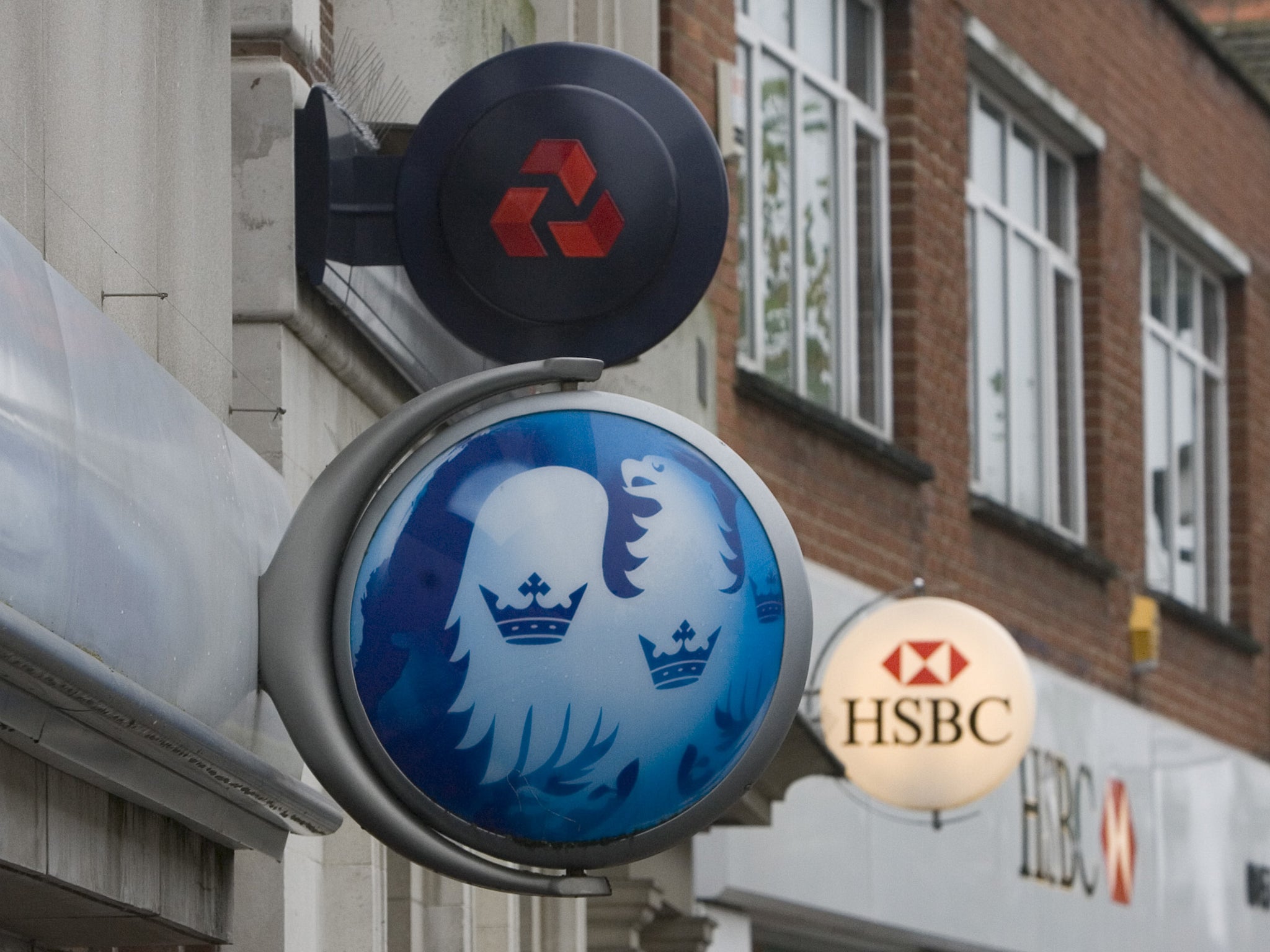Lowest rate or 0% options are rarely the best deals
What may seem like the best offer from lenders and banks can come with a hefty fee, or a high rise after a temporary rate

Your support helps us to tell the story
From reproductive rights to climate change to Big Tech, The Independent is on the ground when the story is developing. Whether it's investigating the financials of Elon Musk's pro-Trump PAC or producing our latest documentary, 'The A Word', which shines a light on the American women fighting for reproductive rights, we know how important it is to parse out the facts from the messaging.
At such a critical moment in US history, we need reporters on the ground. Your donation allows us to keep sending journalists to speak to both sides of the story.
The Independent is trusted by Americans across the entire political spectrum. And unlike many other quality news outlets, we choose not to lock Americans out of our reporting and analysis with paywalls. We believe quality journalism should be available to everyone, paid for by those who can afford it.
Your support makes all the difference.The headline rate on whatever financial deals you have is solely designed to mislead you. Whether you have a mortgage, credit card or even a simple current account, what you actually end up paying is probably a lot more than your bank or building society tells you.
Mortgage borrowers, for instance, could be forgiven for assuming that lowest interest rate will be the best deal. Not so. In fact, borrowers would be better off choosing a deal with no arrangement fee over a lower-rate alternative, warns Moneyfacts.
For instance, the lowest no-fee, two-year fixed-rate mortgage at 60 per cent loan-to-value (HSBC’s 1.89 per cent deal) would leave borrowers around £1,500 better off in the first year than if they chose the lowest overall rate – Post Office Money’s 1.15 per cent deal, which has a hefty £1,995 fee.
Lenders like arrangement fees because, by including a massive charge, they can reduce the headline interest rate to send their deal slamming into the top of the best buy charts. The actual cost of arranging a mortgage is roughly the same for all lenders, so the only real reason for a large fee is outright sales trickery.
“Low-rate deals look great on paper but are often accompanied by high fees,” said Charlotte Nelson, of Moneyfacts. “With fees on mortgages ranging from nothing up to £2,794, and with the average sitting at £939, it is easy to see why opting for the wrong deal can be a costly mistake.”
The same is true of credit cards. It’s logical to think that getting a 0 per cent balance transfer deal is best when it comes to saving money. But again you’ve been fooled by the best buy tables and lenders keen to wallop you with massive charges.
You can get up to three years 0 per cent interest on balance transfer cards – 37 months at Barclaycard, Virgin Money and Halifax at the moment – but the key figures to look at are the transfer fee and the go-to rate, the interest you’ll be charged after the special deal has ended.
Transfer fees can be as much as 3 per cent, although the longest 37-month offers charge between 2.65 per cent and 2.75 per cent right now. If you transfer £5,000, for instance, to a 0 per cent card you’ll be charged up to £150 rightaway.
What about the go-to rates? They’re up to 20 per cent, although most of the longest deals revert to 18.9 per cent APR.
Don’t assume that you’ll sensibly pay your balance before the deal ends and never suffer the higher go-to rate. Few manage to, as real life intervenes in bills and holidays and other fun to be paid for, rather than reducing debt.
Ignore the 0 per cent hype and you could get a decently-priced credit card with no tricks and expensive end games. “Interest-free plastic can cut your costs if used wisely, but there are solid, multi-purpose cards that rarely get a mention,” points out Andrew Hagger, of Moneycomms.
“Cards such as Lloyds Bank Platinum at 6.4 per cent APR, MBNA Low Rate at 6.5 per cent, or Tesco Clubcard charging 7.8 per cent could fit the bill,” he says.
And then there are current accounts. You could save up to £260 a year by switching accounts. To save that you need to be in the red regularly, but even those who occasionally go overdrawn could end up £140 better off by moving.
Again, hidden charges can hit. Forget about credit interest or free travel insurance – ask how much you’re paying for the privilege. Packaged bank accounts charge up to £25 a month, for instance, for what the banks will claim are rewards. But often they’re a waste of money for you and you could be better off with a free account.
Then there are the charges. How much do you think a £500 overdraft would cost you over a year? £19? £180? It could be either, depending on which bank you’re with. Moneyfacts reckons at Santander and Halifax you’d be charged £180 in a year for a £500 overdraft while at FirstDirect, the charges would only add up to £19.
Join our commenting forum
Join thought-provoking conversations, follow other Independent readers and see their replies
Comments